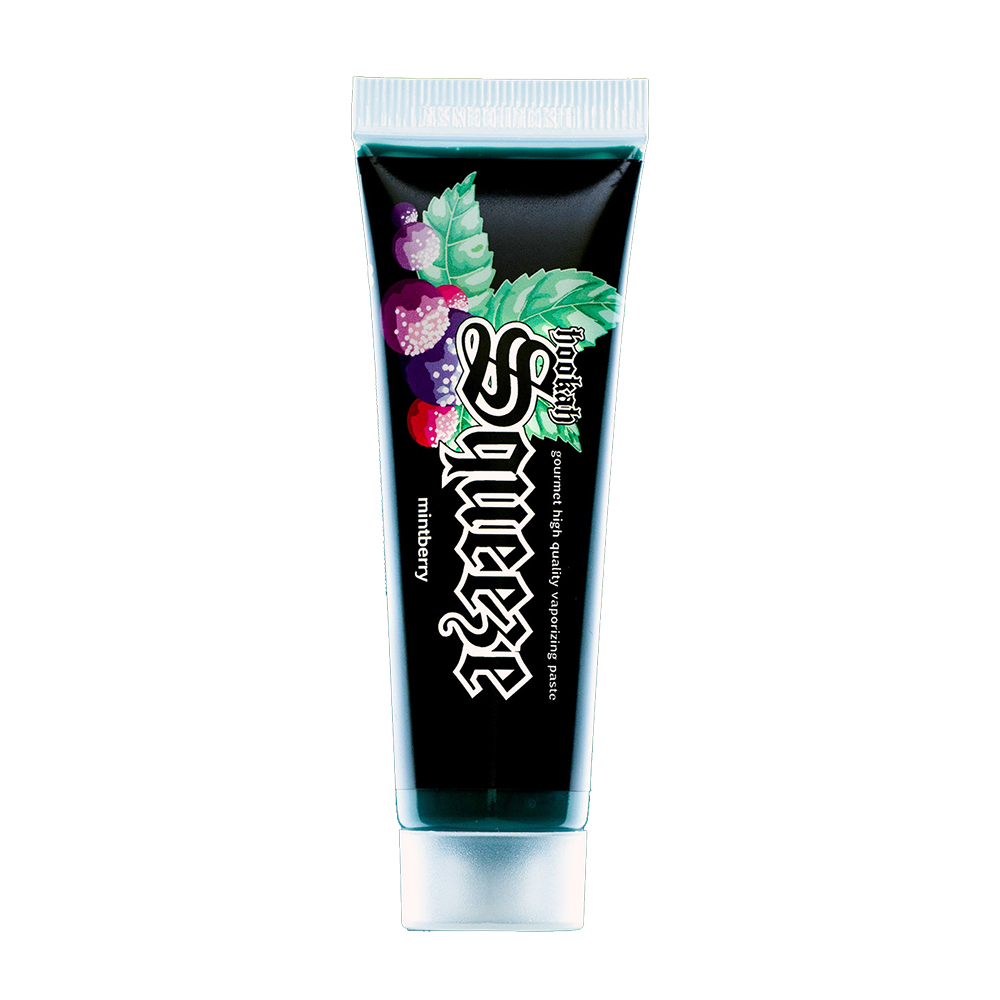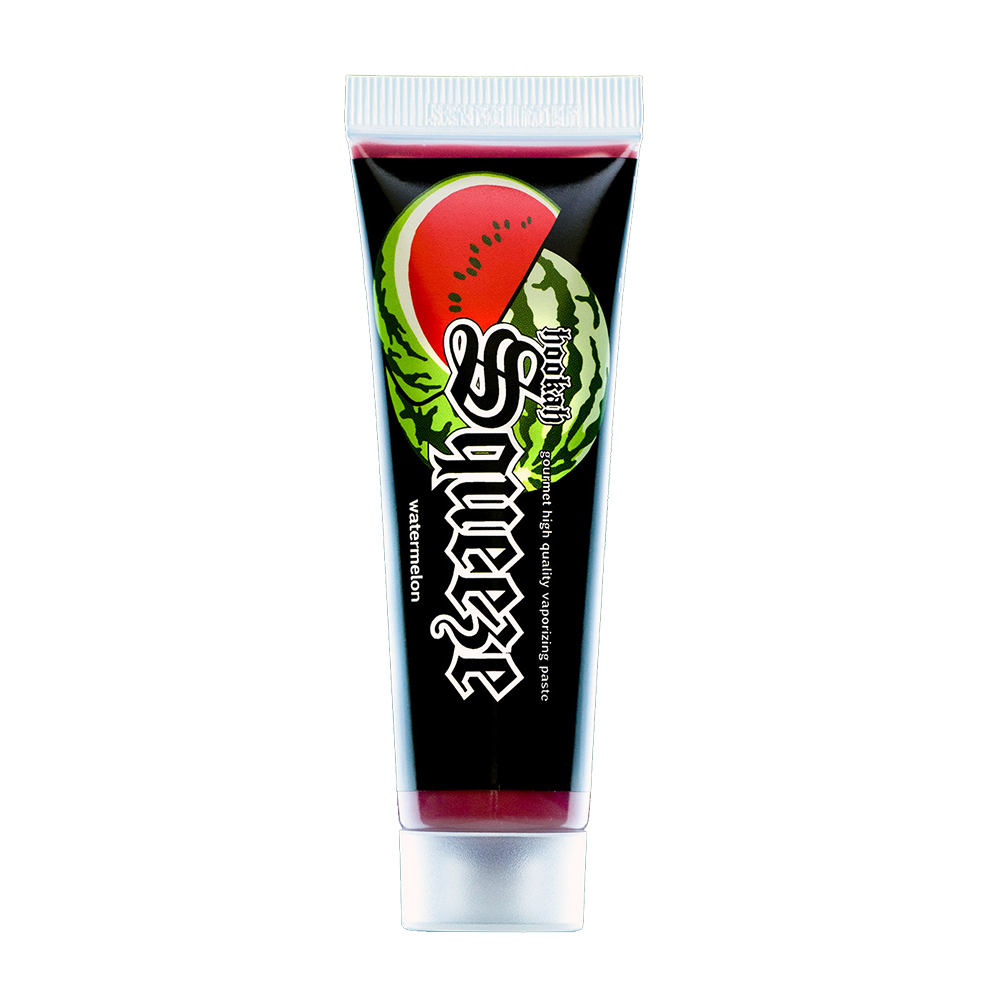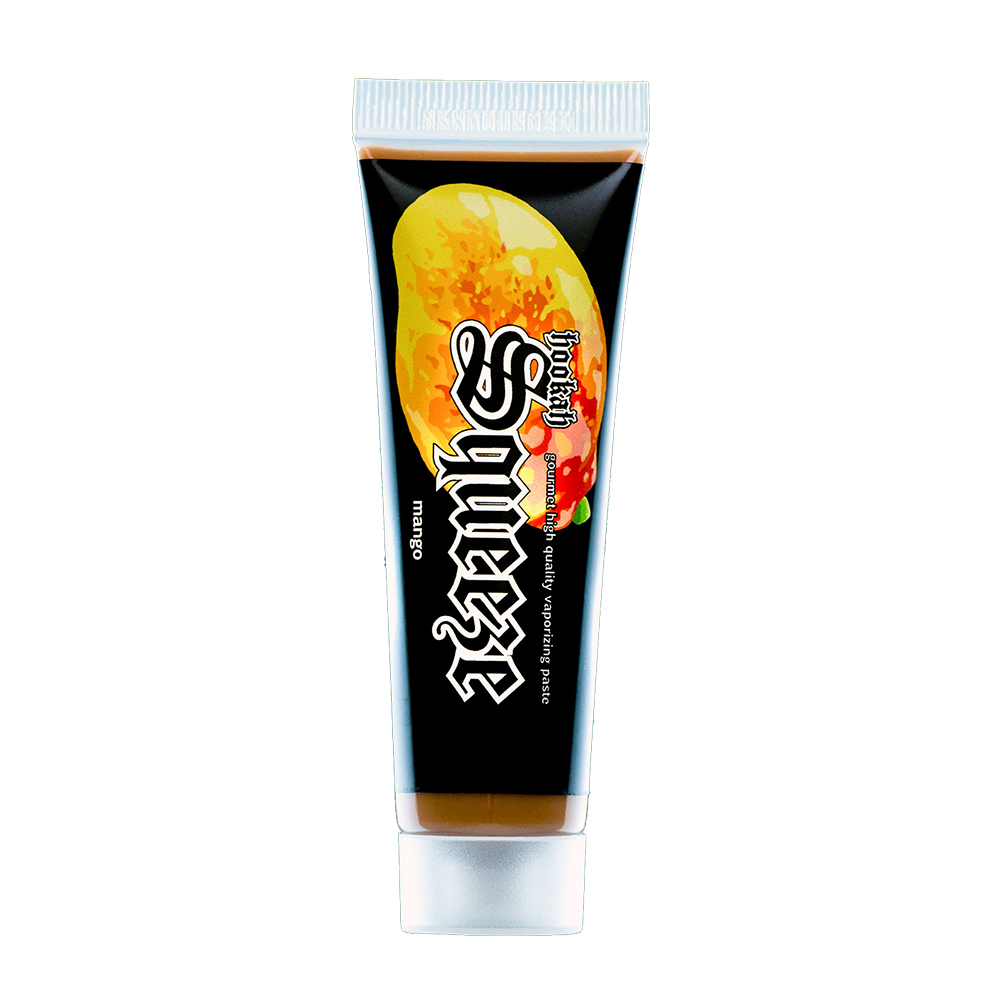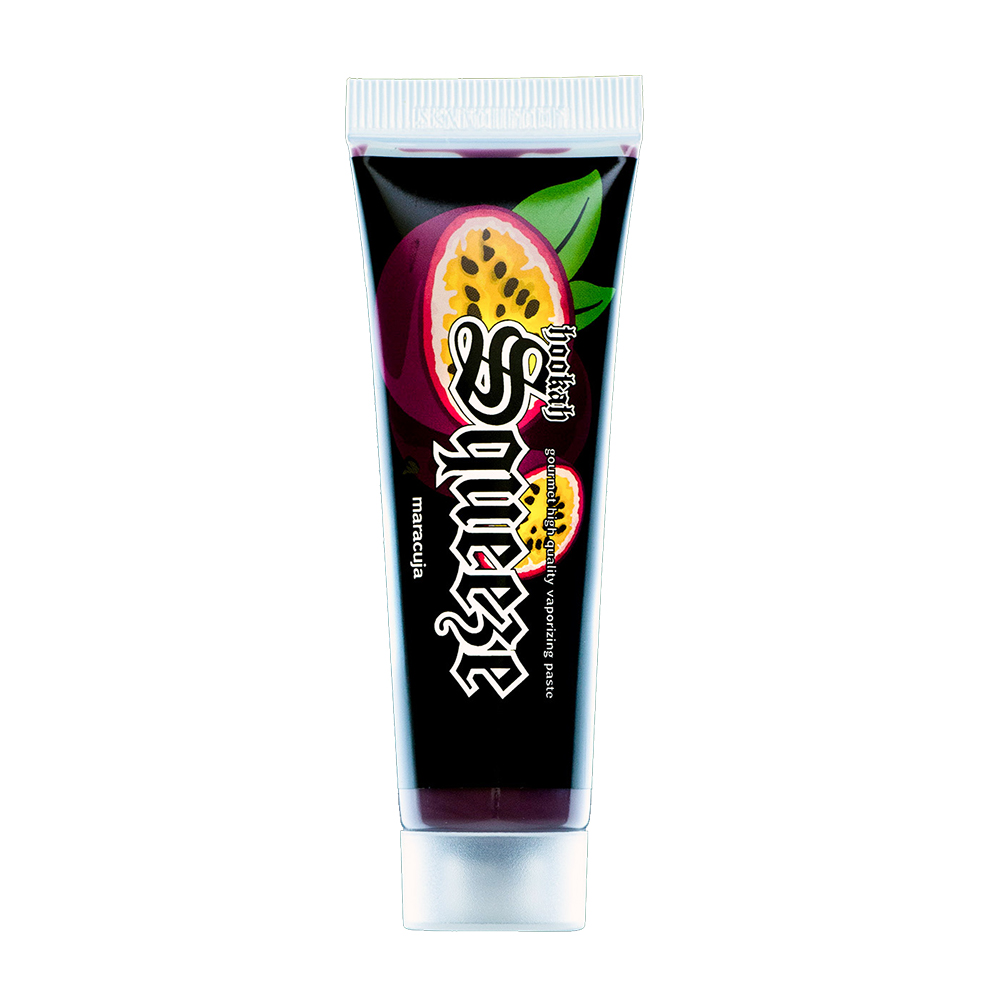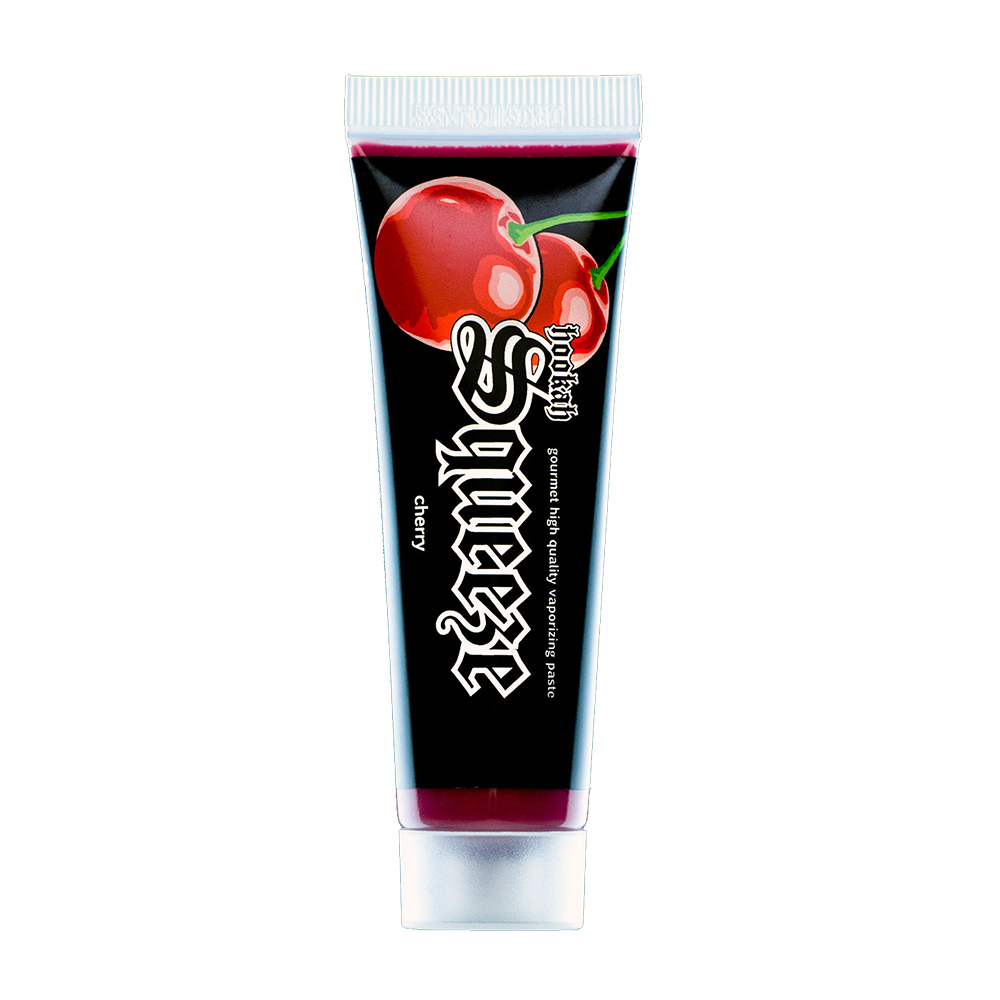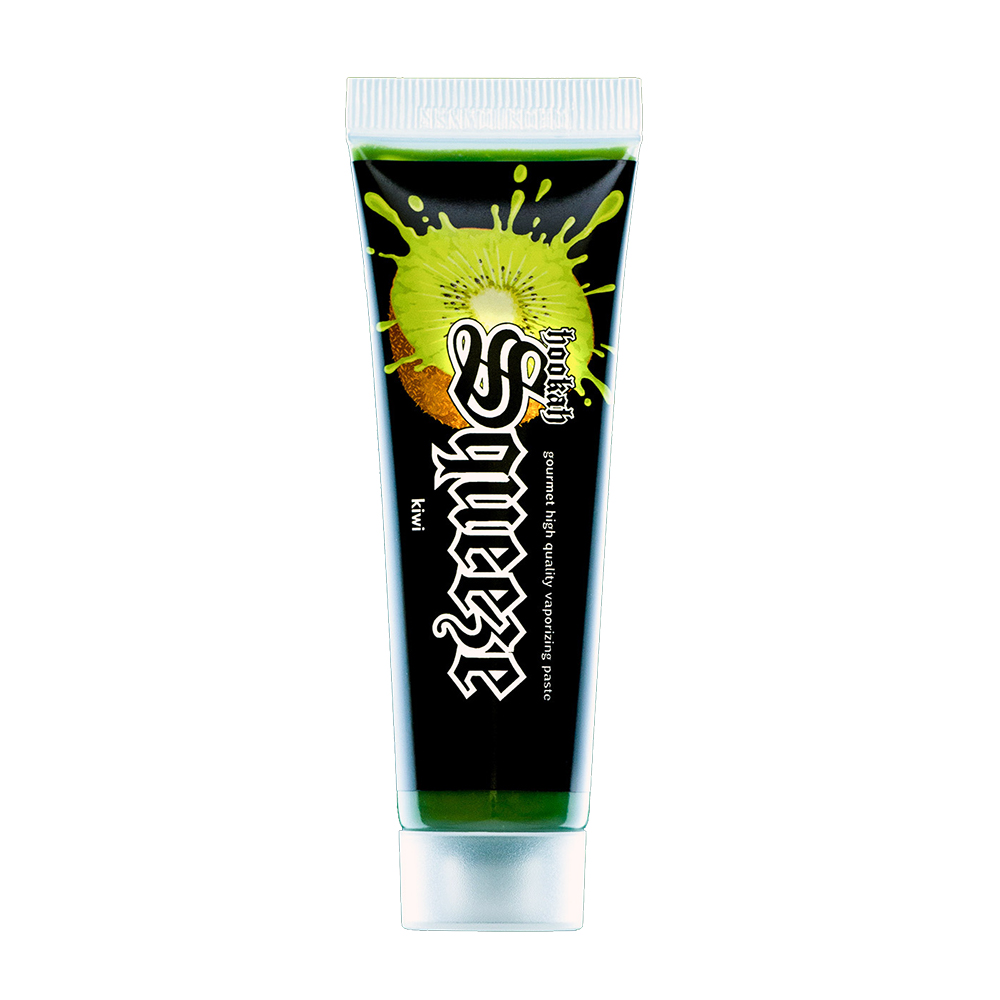Blog
Coal is the primary fuel of the water pipe. Apart from electric heaters, adapted for smoking inhalation solutions, hookah charcoals have virtually no alternatives. Unfortunately, the traditional method of roasting them is not without drawbacks. It is, of course, about the negative effects of smoke inhalation on the human body. As with all stimulants, it is impossible to honestly say that smoking tobacco is healthy. However, it has been possible to develop carbonization technology, which largely rids carbon of substances harmful to health and the environment. With your own health in mind, it is worth making an informed choice. Here are some popular types of coals and some habits that, if developed, will significantly improve the quality and taste of a session at the hookah.
What to smoke and what not to smoke – coals for hookahs of all types
Until recently, the most popular type of coals for hookahs were the so-called self-lighting coals. They are extracted naturally and then soaked in sulfur and other substances that increase their combustibility. Technically, this is a pretty good solution, but don’t be fooled by their relatively low price. They emit poisonous fumes that ruin our health, and add to the aroma of tobacco by tasting like matches. Smoking with self-lighting coals is inevitably accompanied by a burning throat and headache. As a curiosity, I will mention that additives supporting the combustion process can even burn through several layers of aluminum foil. We strongly advise you to avoid using products of this type.
Natural coal, the only right choice
At the moment, the most popular is natural carbon, obtained from the shells of coconuts, walnuts, or olive or lemon trees. Thanks to its efficient carbonization process, it has a high calorific value, so a session with it is long. What ‘s more, natural charcoal is odorless and does not emit smoke that could interfere with the taste of the session, and the only residue left behind is ash.
Olive and lemon tree charcoal is widespread only in places where these plants occur naturally. There it is the standard, but in northern Europe it is almost unavailable. This is a small loss, because due to their irregular shape, low calorific value and high amount of ash emitted, they are not the best in quality. The best in this respect are coconut coals, made mostly in Indonesia. They are available in various shapes and sizes. They consist mainly of carbonized coconut shells bound together using a natural binder, such as tapioca. They are left with trace amounts of ash during smoking.
The higher the carbon content, the higher the quality – cubes with a carbon content of at least 80% can be considered good. In contrast, a low-quality product has a mass of unnecessary and harmful substances in its composition. The average price difference between the two is about PLN 8 per kilogram – a really small price for health, quality and taste. A standard package of good carbs contains 64 cubes, which is enough for about 16-20 successful sessions. Each brand has its own characteristics, so it is worth checking for yourself what distinguishes a particular coal from others.
Size matters
Hookah carbons are produced in several different shapes depending on their intended use. The most popular are cubic cubes with a side length of 25 to 27 mm. Even larger sizes are available on the Russian market – 31 mm and even 45 mm. In our opinion, such large cubes are completely impractical. Unlike small cubes, they do not fit into HMD caps, and they also reduce the possibility of controlling the smoking temperature. For this reason, we recommend staying with standard sizes.
The great advantage of cubic coconut cubes is a fairly long smoking time. To heat a small bowl for an hour and a half, two-three coals are enough. When smoking on a larger head, it is a good idea to add one or two cubes about an hour after starting. Weather conditions and the intensity of the session are not without influence. The shape of the cube makes it possible to use such cubes in any way you like, either with aluminum foil alone or with an HMS heat management system like badcha or kaloud.
Another available shape of carbons are the so-called flats, or half cubes. They are very popular in the US, and available in Europe from Black Coco’s. Their size allows them to fit easily into caps and smaller bowls, and since they have sides with different surfaces, you can regulate the roasting temperature more effectively. They burn faster than cubic cubes, so they are perfect for short sessions. In order to perfectly match the inside of the HMS heat management system, quarter cylinder-shaped coals were created, which can be used interchangeably with flats, also on aluminum foil. Also included in this combination should be hexes or sticks, elongated carbons of hexagonal or cylindrical cross-section, which allow to evenly heat the bowl. Their qualities are especially useful when using a large-diameter bowl or a badcha-type heat management system.
Correctly lighting the coals
When discussing hookah charcoal, one cannot overlook the fundamental issue of kindling. First of all, you need to determine the amount needed, depending on the type of bowl, its size, smoking method and type of tobacco. Mostly 2-3 cubes are enough. Three are used at the beginning of the session to achieve the desired temperature faster, and then you can remove one.
It is important to light the coals completely, so that no black unlit areas remain. Otherwise, we will inhale dangerous carbon monoxide at the start of the session, and the pipe will burn long and unevenly. The result may be a burnt top layer of tobacco, which will spoil the taste of the whole session. Before putting it on the bowl, we knock off or blow off the layer of ash from the surface of the cubes, as it restricts heat transmission and, if it gets into the bowl, interferes with the tobacco roasting process. This activity is repeated when the ash is deposited again during the session.
Iron rules for hookah coals:
- We use only high-quality natural coal, preferably coconut.
- Light the coals completely until all the sides are covered with ash.
- Get rid of the ash before putting it on the bowl.
- If the temperature drops while smoking, turn the coals and place them elsewhere on the bowl or add fresh ones.
- If the tobacco starts to bite while smoking, reduce the temperature by reducing the number of coals and changing their place on the bowl.









